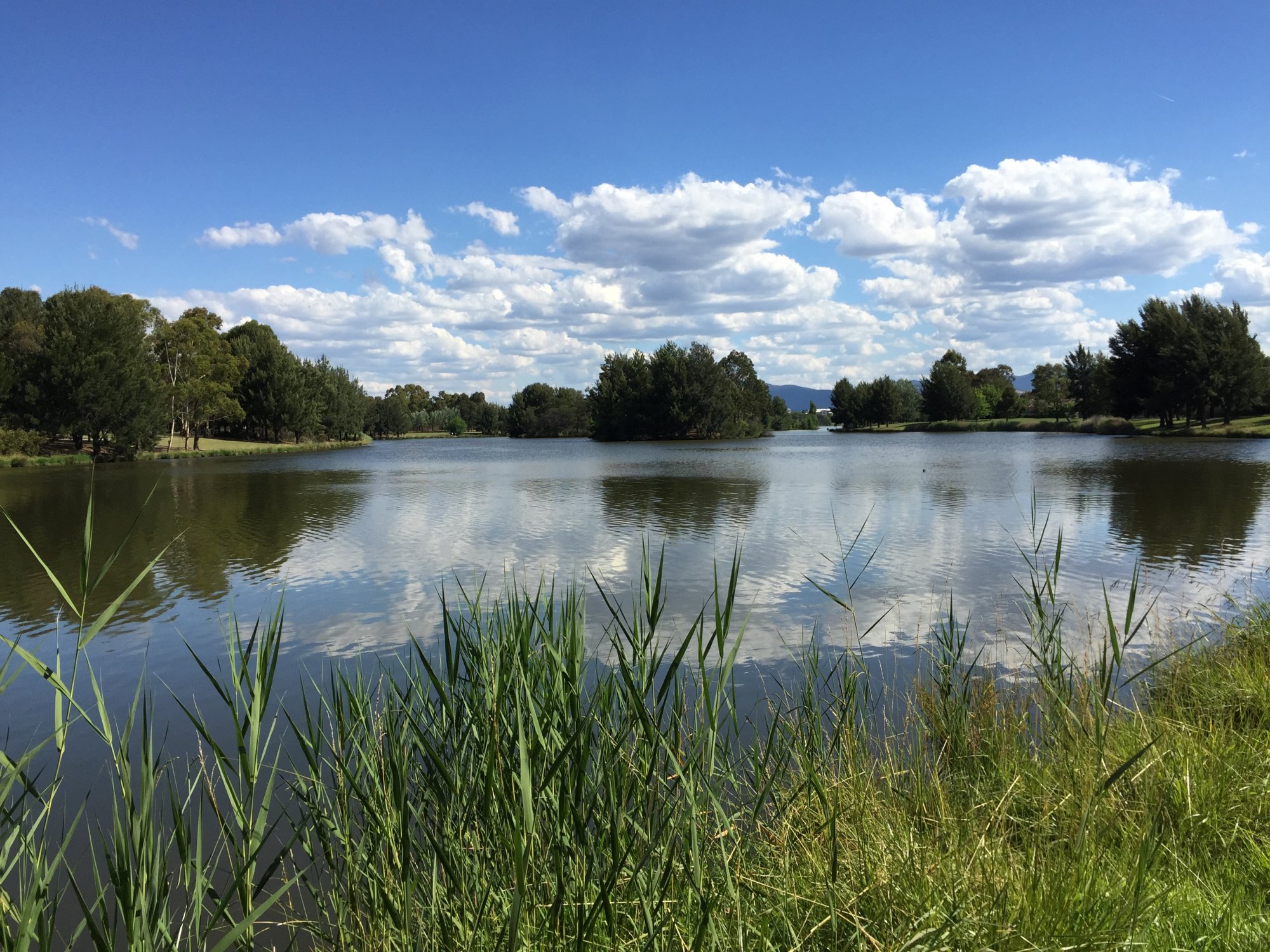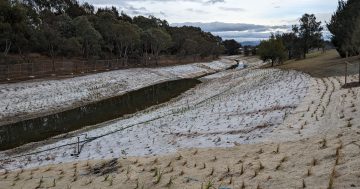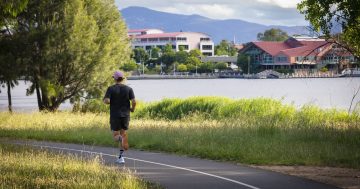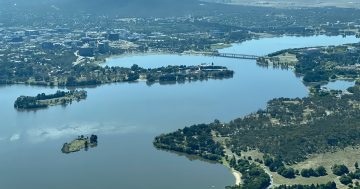
Canberra’s growing population is placing increased pressure on our local lakes and rivers, as excessive amounts of rubbish, leaves, gravel, cigarette butts, fertilisers, animal faeces and chemicals travel through our stormwater systems.
These systems run throughout the Capital and into the Murrumbidgee River, which then leads to the Murray-Darling Basin. Besides being a source for a third of the ACT’s drinking water, the river and basin are home to a beautiful ecosystem of birds, fish, trees and wetlands – many of which are threatened species.
To help counter this, and ensure longevity for future generations, the Australian and ACT governments have joined forces to launch a new education program – H2OK: Keeping our waterways healthy. The program is part of the ACT Healthy Waterways Project – a $93.5 million project which also includes the construction of water quality infrastructure on up to 25 sites around the ACT.
H2OK: Keeping our waterways healthy helps residents and businesses in the ACT and surrounding regions understand the part they can play to protect our waterways. The message is simple – ‘Only rain down the stormwater drain’.
Senator for the ACT Zed Seselja says, “Monitoring tells us that many of the creeks and waterways in our urban areas aren’t that healthy and, with Canberra’s increasing population, the pressure on the ACT’s lakes and rivers and downstream in the Murrumbidgee River system will grow. It’s important we think long term to improve water quality by taking action now.”
ACT Minister for the Environment and Heritage Mick Gentleman says, “H2OK: Keeping our waterways healthy aims to reduce pollutants entering our waterways by engaging with the community and teaching people better ways to keep pollutants out of our water. The program highlights key habits that contribute to poor water quality such as raking or blowing leaves into the drains, over-fertilising and washing cars in driveways.”
The program will feature:
- A seasonal advertising campaign;
- Artwork on drain infrastructure using local artists, schools and community groups as well as informative stencils on drains;
- An education road show at local and regional events, schools and communities;
- A demonstration sites grants program to encourage best practice stormwater management on rural and residential blocks. Grant recipients will open their blocks (similar to open gardens), to show others what can be done at home to help improve water quality;
- An ‘Adopt a Drain’ and ‘Be a Drain Defender’ program to encourage people to take action and help with the drains in their neighbourhood;
- Industry training to ensure high standards of practice like erosion and sediment control; and
- Local stormwater ambassadors who can spread the word and build catchment knowledge.
The campaign was launched on Monday and will continue until June 2019.
To get involved, here are 10 immediate things you can do to help:
- Always put litter in the bin. Stop rubbish going down the stormwater drain and into waterways.
- Keep soil and gravels on your site. Even gravel gets washed away in a heavy downpour.
- Rake up leaves and grass. Turn them into mulch or compost, take them to a green waste recycling facility or, if you have one, put them in your green waste bin. Leaves and grass that go down the drain decompose and release polluting nutrients into the water.
- Avoid using fertilisers and pesticides on your garden or block. If you must, please do so sparingly.
- Pick up after your pet. Bag the waste and put it in the bin.
- Butt out responsibly. Cigarette butts left on the pavement or flicked into the street end up in the waterways. Butts are toxic to fish and wildlife.
- Wash your car on a grassy area or at a commercial car wash, not on your driveway or footpath.
- Dispose of paints and chemicals at recycling centres not down the drain. They are toxic to waterways and local wildlife.
- Look after your septic system to prevent leaks from your property.
- Work with neighbours to defend the stormwater drains in your street. Share ideas about how we can all prevent stormwater pollution.
For more information, please visit the H20K website.
This is a sponsored article, though all opinions are the author’s own. For more information on paid content, see our sponsored content policy.
















